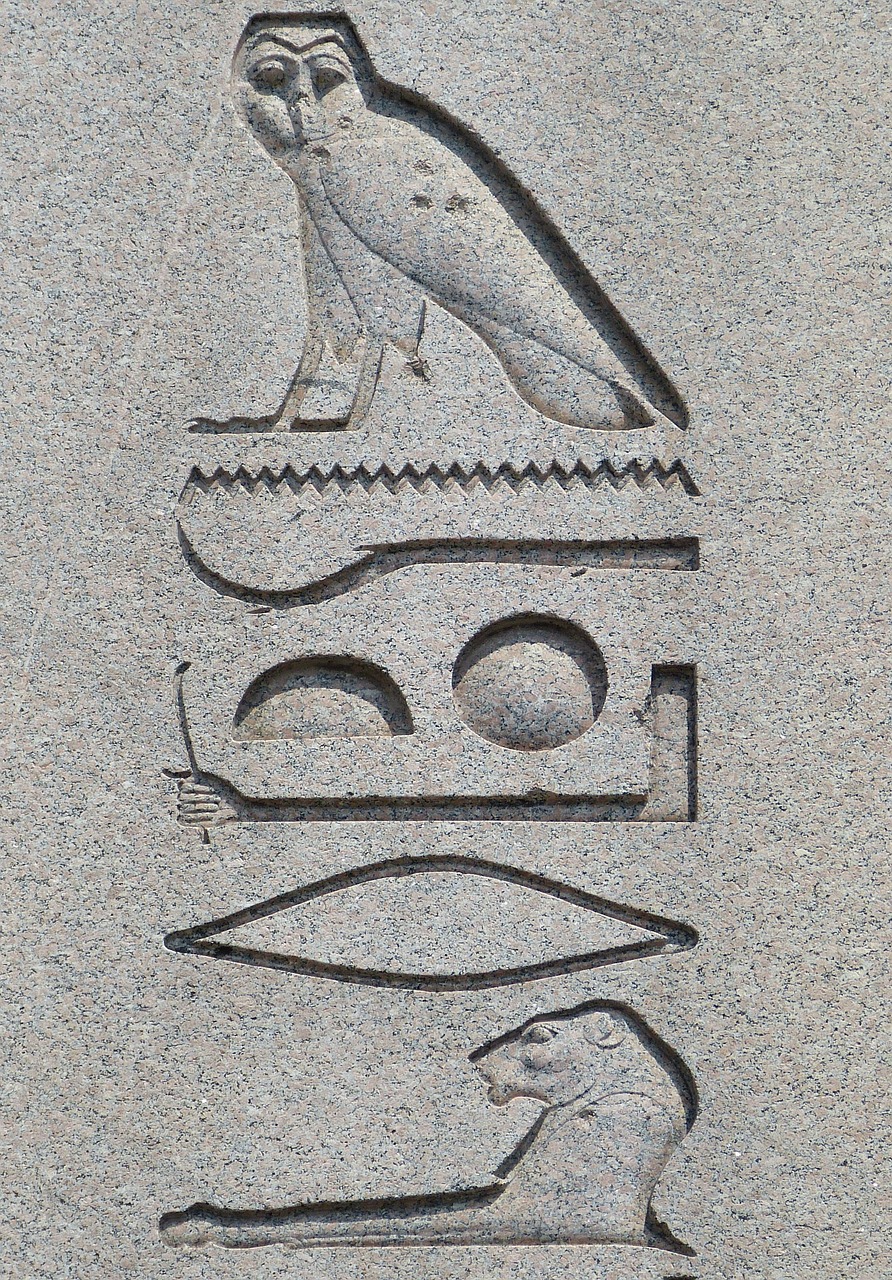Overview
A prominent figure in the Egyptian pantheon, Geb was revered as the god of the earth, associated with elements such as snakes, earthquakes, and the afterlife. As the third sovereign of Egypt after Ra and Shu, Geb’s significance in matters of kingship and royal authority was profound. Artistic representations, such as a relief fragment created between 2145-2025 BCE, illustrate Geb holding a scepter and ankh, emphasizing his divine stature.
Etymology
The interpretation of Geb’s name has been obscured over the ages, and its spelling and pronunciation have sparked much discussion. The renowned Egyptologist Sir E.A. Wallis Budge referenced the deity as Seb, while Heinrich Karl Brugsch opted for Geb or Keb. Nowadays, “Geb” has become the standard nomenclature, although some older texts might still use “Seb.”
Attributes
Geb is typically shown as a human figure with green skin, symbolizing his role as a fertility god. His physique is often embellished with plants or corresponding hieroglyphs. In many depictions, he is presented reclining beneath his wife, the sky goddess Nut, with his phallus oriented toward her. When depicted standing, Geb wears either the Red Crown of Lower Egypt or a goose hieroglyph, which acts as a representation of his identity.
As a deity of the earth, Geb was deeply connected to seismic activities, freshwater sources, and the underworld. Various legends attribute him with authority over snakes, due to their natural habitat in the earth. Additionally, he was highly respected for his healing capabilities, especially concerning injuries from scorpion bites. Geb’s influence stretched into royal lineage; pharaohs were sometimes called “heirs of Geb,” with the Egyptian throne being dubbed “the seat of Geb.”
Family
Geb was a member of the third generation of the Egyptian gods. His parents, Shu and Tefnut, were descendants of Ra. In keeping with common practices among Egyptians gods, Geb wed his sister, Nut. Their union produced several notable deities: Osiris, Horus the Elder, Set, Isis, and Nephthys.
Mythology
The myths surrounding Geb predominantly explore his life as both prince and eventual king of Egypt, while also addressing his role in the afterlife. An illustration from the Book of the Dead of Ani, dating to around 1300 BCE, depicts Geb taking part in the heart-weighing ceremony, a crucial judgment ritual for deceased souls aiming to enter the afterlife.
Origin Myth
According to legend, when Geb and Nut were born, they clung to each other so tightly that Nut was unable to bear children. In response, their father Shu pried them apart, facilitating the emergence of the next divine generation. This mythological account explains the separation of earth and sky.
Geb the Unruly Prince
Described as a volatile and rebellious prince, Geb’s antics included shapeshifting into a boar to consume the Eye of Ra, subsequently denying his actions despite visible evidence. The Eye of Ra, depicting a feminine counterpart of the sun god, served as a fierce protector of kings, wielding the power to vanquish enemies with her gaze.
In a story emerging after the 30th Dynasty around 400 BCE, Geb is said to have staged a rebellion against his father, claiming the throne and making his mother Tefnut his queen. This narrative bears resemblances to Greek mythology, where Cronus—Geb’s counterpart—usurped his father Uranus.
Geb as King
Geb’s ascent to kingship commenced with his father Shu’s abdication. After defeating Apophis’s forces in a significant battle, Shu found his palace under siege by rebels and fled to the sky for safety, leaving his throne vacant. Following a colossal storm that imprisoned everyone in the palace for nine days, Geb took on the role of king formally.
To enhance the legitimacy of his reign, Geb sought to learn about the achievements of Shu and Ra. He learned of a living uraeus—an emblematic cobra once part of Shu’s regalia and sought to seize it. Despite initial difficulties accessing the enchanted chest where the creature was confined, his followers eventually obtained the treasure. However, upon opening the chest, the uraeus erupted, incinerating many of Geb’s followers and severely injuring Geb himself. Only with Ra’s magical wig was he able to recover from his burns.
In subsequent endeavors, Geb successfully reclaimed territory lost to Apophis’s forces, helping to restore Egypt’s former magnificence. Interestingly, for reasons that are not entirely clear, Geb eventually abdicated his throne, entrusting the kingship to his eldest son, Osiris.



